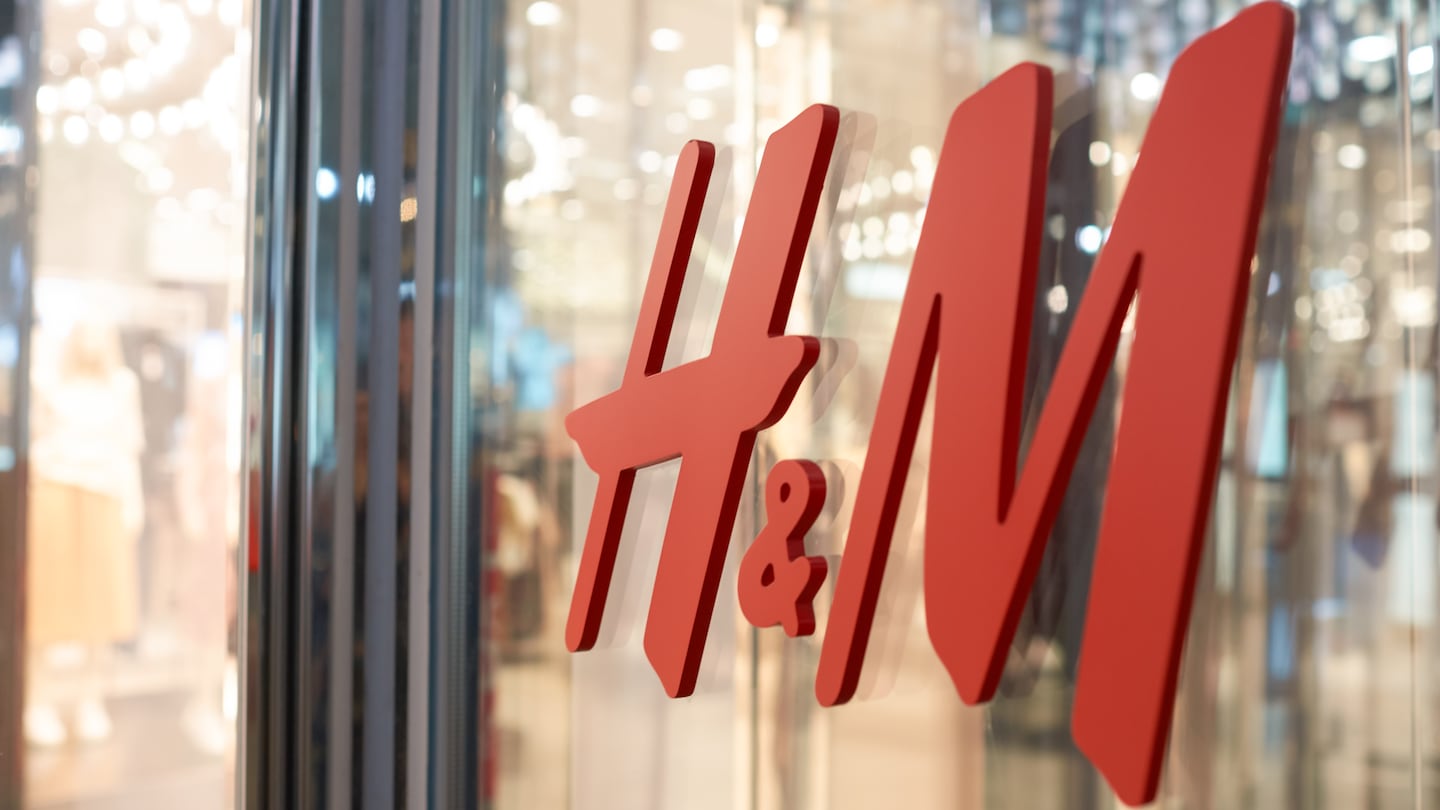
The Business of Fashion
Agenda-setting intelligence, analysis and advice for the global fashion community.

Agenda-setting intelligence, analysis and advice for the global fashion community.

H&M, the world’s second biggest fashion retailer, said on Wednesday it had formed a joint venture with German recycling group Remondis to collect, sort and sell used and unwanted garments and textiles.
The fast-fashion industry to which H&M belongs is looking for ways to curb its carbon footprint in response to growing demands from investors to take more responsibility for the environment.
The 50-50 owned venture, called Looper Textile, is starting its operations in Europe and aims to extend the life cycle of some 40 million garments in 2023, H&M said in a statement.
Looper hopes to become “a preferred feedstock provider to companies and innovators engaged in textile resale and recycling,” it added.
ADVERTISEMENT
The venture plans to test new collection schemes and implementing automated technologies, including “near-infrared sorting”, H&M said.
By Terje Solsvik; Editor: Essi Lehto
Learn more:
The Hunt for an Easy Way to Recycle Old Clothes
Technologies that can recycle old clothes back into new ones have been touted as a holy-grail sustainability solution. As they begin to scale, the industry is facing a tricky new logistics challenge.
The industry needs to ditch its reliance on fossil-fuel-based materials like polyester in order to meet climate targets, according to a new report from Textile Exchange.
Cotton linked to environmental and human rights abuses in Brazil is leaking into the supply chains of major fashion brands, a new investigation has found, prompting Zara-owner Inditex to send a scathing rebuke to the industry’s biggest sustainable cotton certifier.
Over the last few years, the run-up to Earth Day has become a marketing frenzy. But a crackdown on greenwashing may be changing the way brands approach their communications strategies.
This week, Sephora announced plans to double down on ‘green’ and ‘clean’ product labels, leaning into an increasingly risky marketing tactic even as a greenwashing crackdown has prompted other brands to pull back.